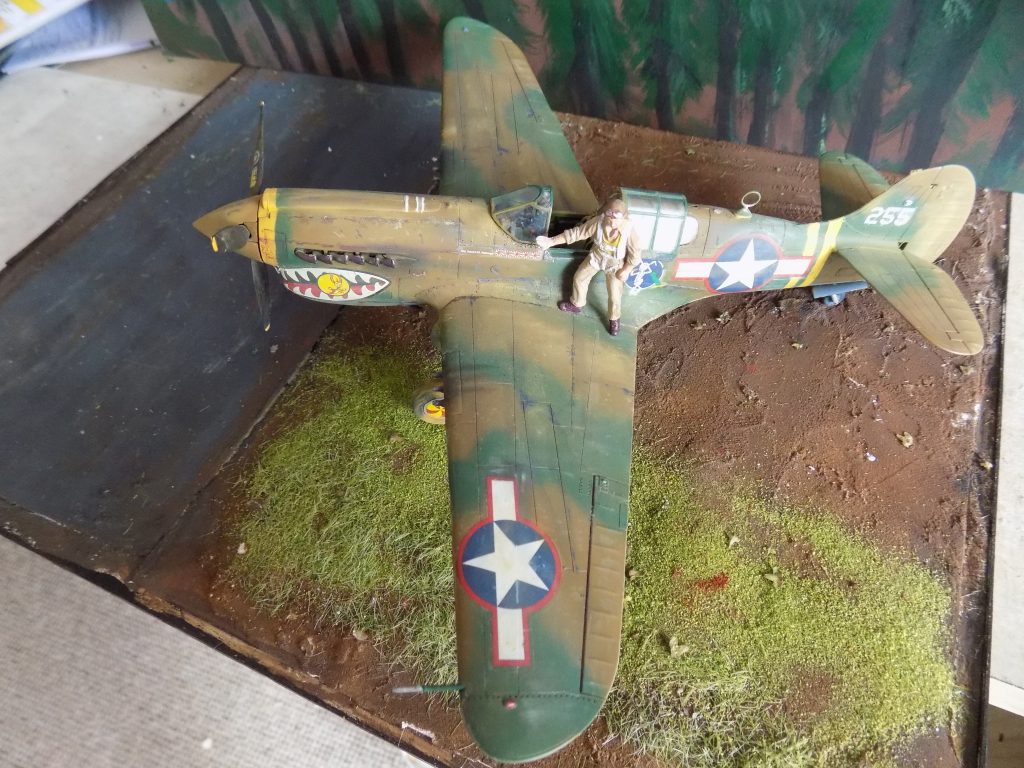

P-40 Warhawk was the name the United States Army Air Corps (USAAC) gave the plane, and after June 1941, the United States Army Air Force (USAAF) adopted the name for all models, making it the official name in the U.S. for all P-40s.
Since WW2, the conventional wisdom has been the P-40 was something of a mediocre indeed inferior fighter but it was, by far, the best and most capable fighter the United States had when WWII began.
The P-40 was designed as a pursuit and close air support aircraft and performed well at low to medium altitudes.
The P-40s lack of a two-speed supercharger made it inferior to Luftwaffe fighters such as the Me Bf 109 or the Focke-Wulf Fw 190 in high-altitude combat and it was rarely used in operations in North-West Europe.
However, between 1941 and 1944, the P-40 played a critical role with Allied Air Forces in three major theatres: North Africa, South-West Pacific and China. It also played a significant role in the Middle East, South-East Asia, Eastern Europe, Alaska and Italy.
The P-40s performance at high altitudes was not as important in those theatres, where it served as an air superiority fighter, bomber escort and fighter-bomber.
The P-40 was not a long-range, high-altitude escort fighter. In that role, it was totally outclassed by the P-51 Mustang which essentially won the European air war for the USA. But that was an entirely different mission and when WWII began, no one knew bombers would need escort fighters.The kill ratios attained by the P-40 against the Japanese and the Germans were very respectable. The P-40 was the backbone of the United States Army Air Corps (USAAC), the aerial warfare service component of the United States Army till 1941, and continued supporting operations till VJ Day. As far as air fighting is concerned, the Allies would have been in a far inferior situation without the P-40.
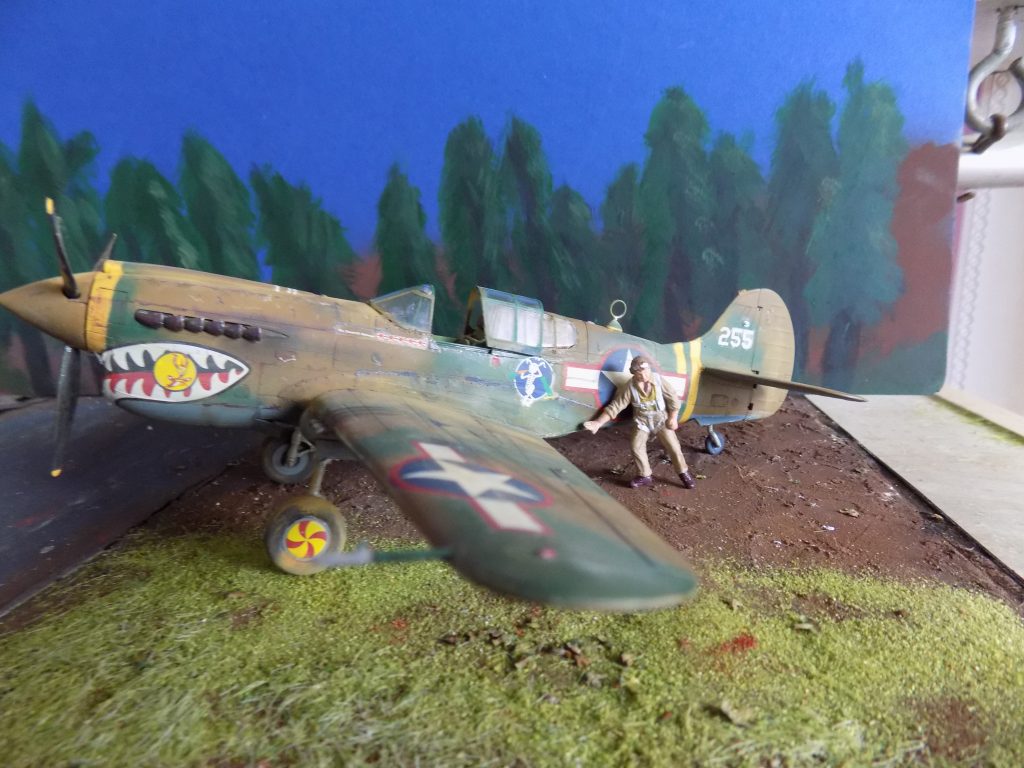
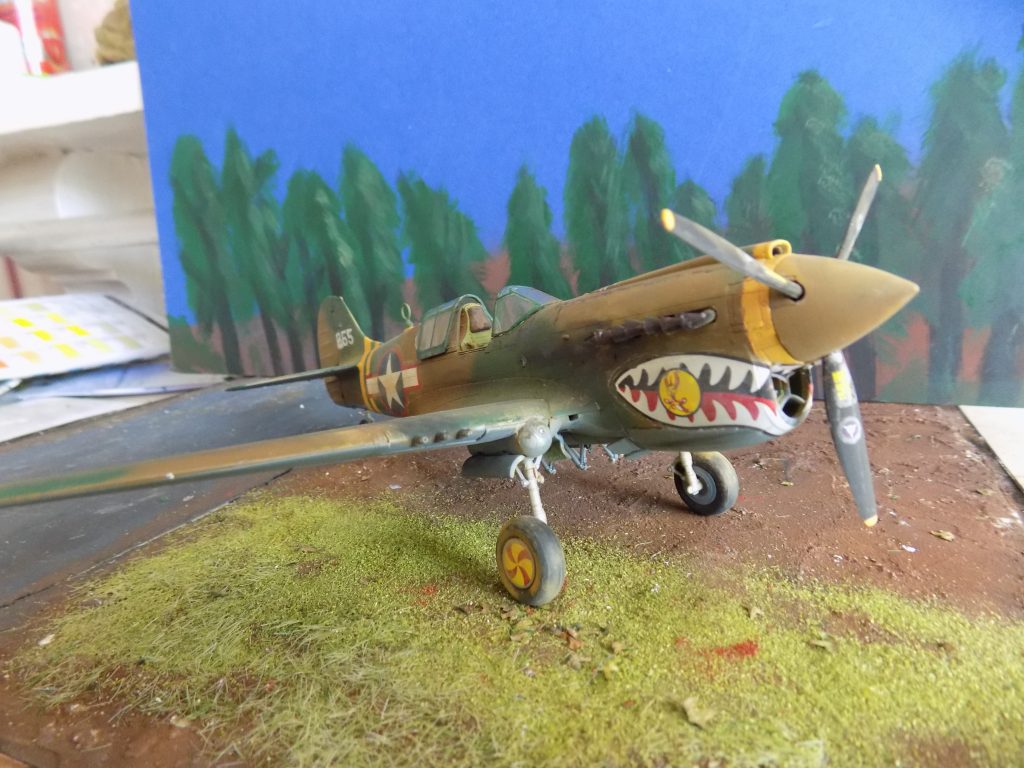
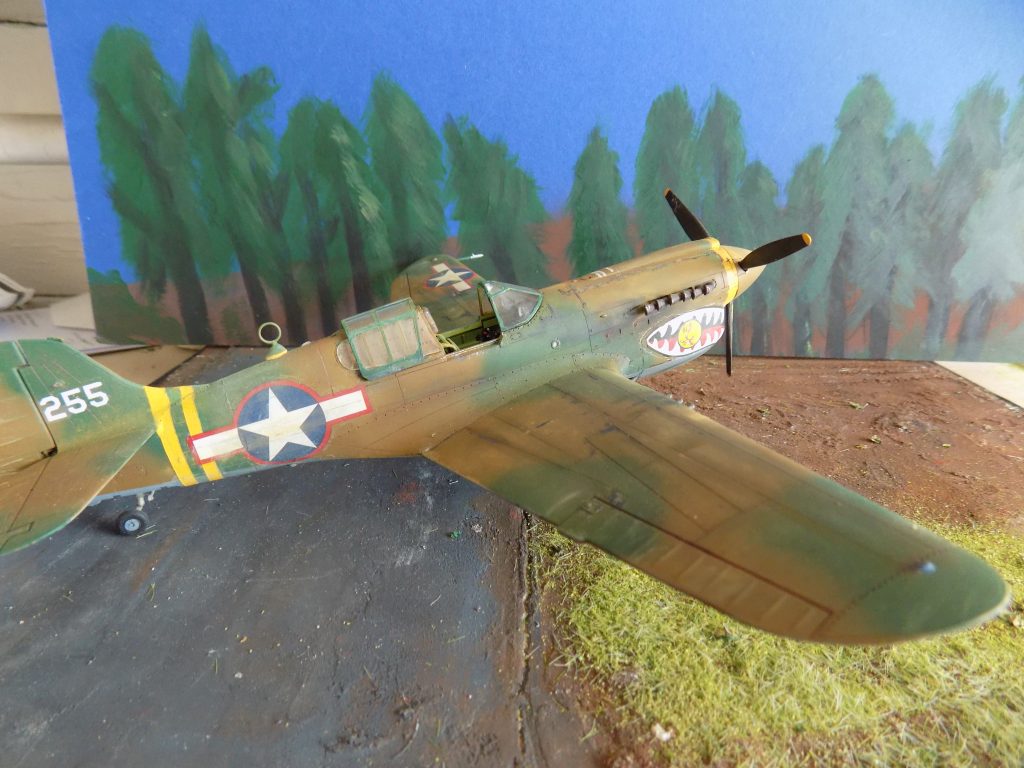
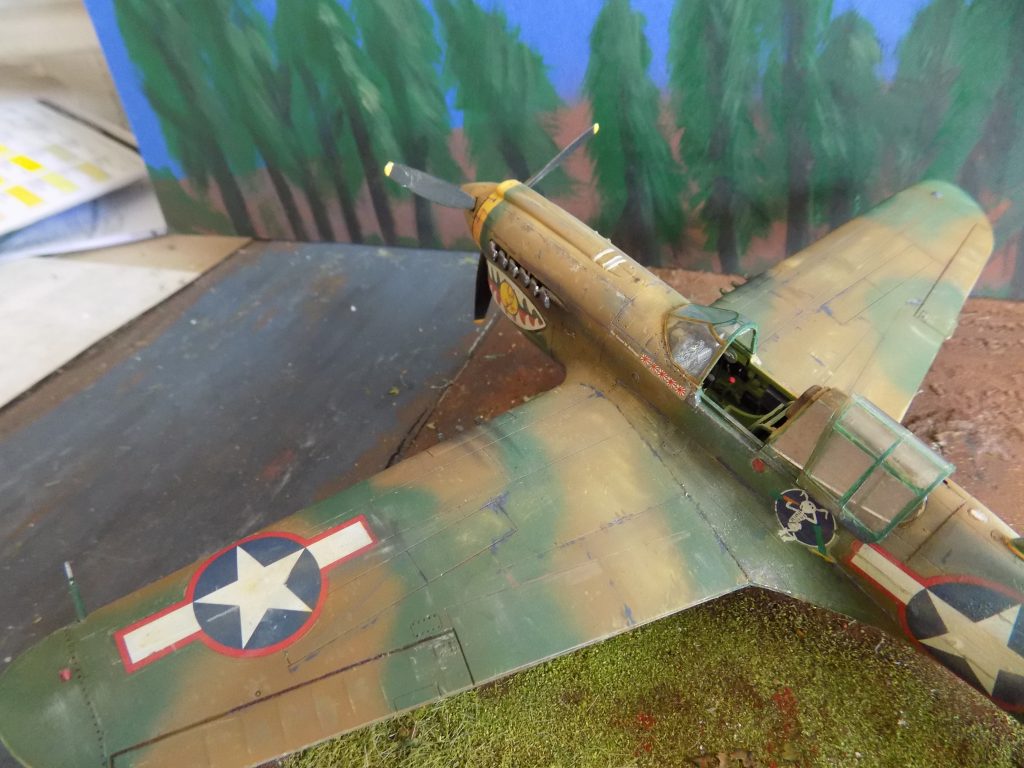
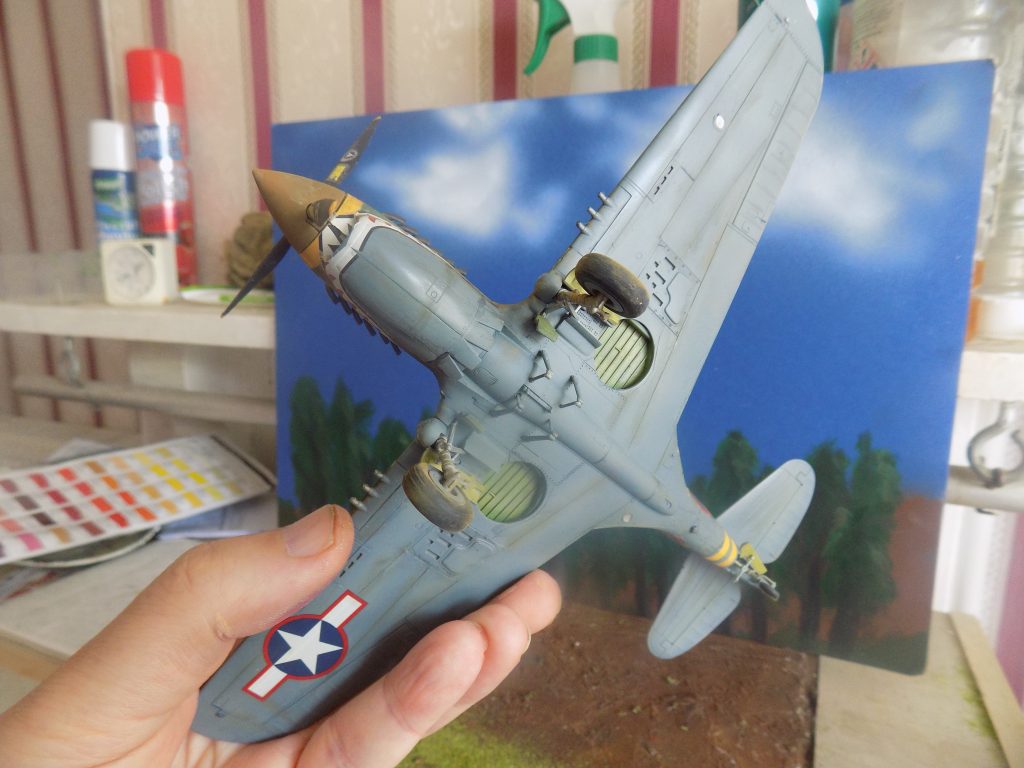
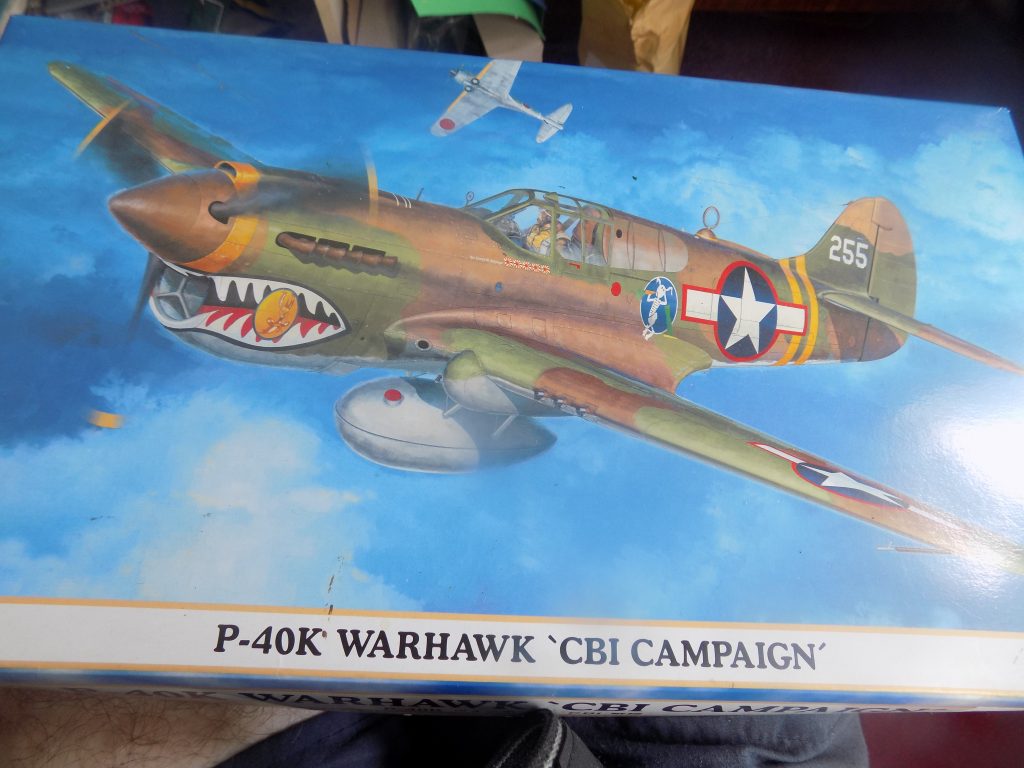
USAAF and Chinese P-40 pilots performed well in the China, Burma, India theatre against such Japanese types as the Ki-43, Ki-44 ‘Tojo’ and the Zero. The P-40 remained in use in the CBI theatre until 1944 and was reportedly preferred over the P-51 Mustangs by some pilots flying in China. The American Volunteer Group (Flying Tigers) were integrated into the USAAF as the 23rd Fighter Group in June, 1942. The unit continued to fly newer model P-40s until the end of the war, achieving a high kill-to-loss ratio.
The British Commonwealth and Soviet Air Forces used the name Tomahawk for models equivalent to the original P-40, P-40B and P-40C, while the name Kittyhawk for models equivalent to the P-40D and all later variants.
Lovely looking aircraft and informative read.
Thanks, Richard. I learned a lot myself about the Warhawk a lovely looking kite that hasn’t had it’s share of glory!